What’s the use of knowing the difference in the transpiration of silver birch and Norway spruce
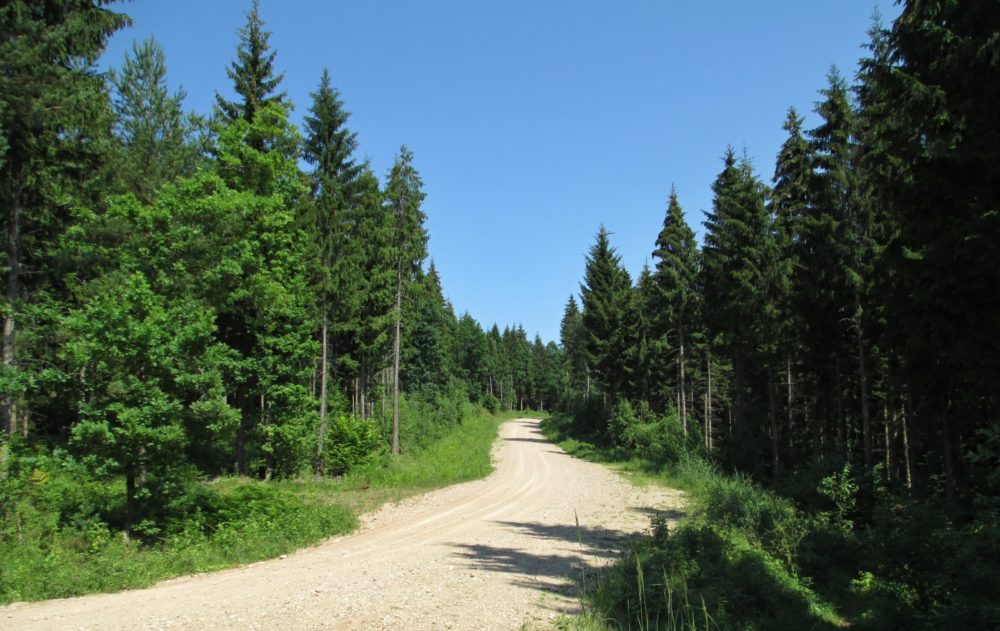 Norway spruce monocultures are ecosystems that lack ecological stability. Historical evidence shows that coniferous monocultures are prone to ecological and mechanical instability, which results from both biotic and abiotic factors. Apart from ecological problems, this instability also leads to significant economic losses, amounting to hundreds of millions of dollars annually across Europe.
Norway spruce monocultures are ecosystems that lack ecological stability. Historical evidence shows that coniferous monocultures are prone to ecological and mechanical instability, which results from both biotic and abiotic factors. Apart from ecological problems, this instability also leads to significant economic losses, amounting to hundreds of millions of dollars annually across Europe.
The restoration of areas after natural disasters is becoming increasingly important, and requires a fundamental change in the composition of future forest stands.
Additionally, there is a need to restore the forest environment on extensive disaster areas after large-scale disintegration of stands, in order to prevent degradation of forest habitats, such as erosion, and to restore the forest ecosystem to fulfil a range of non-production functions.
It is important to keep in mind that choosing the right tree species is crucial for achieving the desired target species composition. This involves using optimal cultivation techniques, such as selecting shade-tolerant trees. However, it is important to note that some tree species may not be ecologically suitable for restoration in extreme microclimatic conditions of large-scale clearings. Additionally, it is important to avoid using tree species that are prone to developing misshapen, branched or twisted stems on the bare surface, as this can dramatically threaten their future potential for value production in the subsequent generation of the forest.
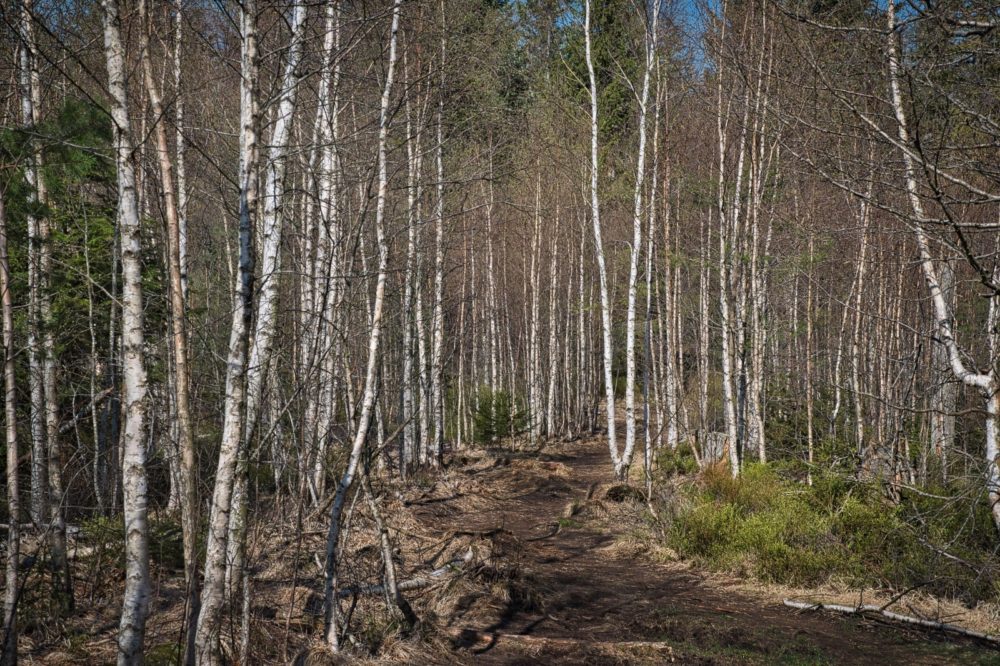 The use of preparatory stands of pioneer tree species, particularly birch, is increasingly important today. Pioneer deciduous tree species such as birch or European Mountain ash are often naturally and intensely rejuvenated on bare clearings created by incidental felling of spruce stands. Using these species as an ecological cover for the target species composition is highly suitable for many reasons.
The use of preparatory stands of pioneer tree species, particularly birch, is increasingly important today. Pioneer deciduous tree species such as birch or European Mountain ash are often naturally and intensely rejuvenated on bare clearings created by incidental felling of spruce stands. Using these species as an ecological cover for the target species composition is highly suitable for many reasons.
To restore different tree species, it’s important to understand the ecological needs of individual tree species and the microclimatic conditions they can tolerate during their growth. This includes the kind of environment they can create for themselves.
Forests help reduce extreme temperatures by capturing and distributing solar energy through transpiration and biomass formation. However, transpiration rates can vary among tree species and depend heavily on soil moisture. Furthermore, the total transpiration of an ecosystem can be influenced by its vertical structure and the number of tree floors present.
Vegetation has a significant impact on soil moisture. In situations with low moisture, vegetation helps to increase water availability while it reduces it in wet conditions. This is achieved by increasing water infiltration into the soil, evapotranspiration, and groundwater capture and recharge. For instance, even a young stand of vegetation can enhance water infiltration by up to 67 times and decrease surface runoff by 78% compared to grassy areas.
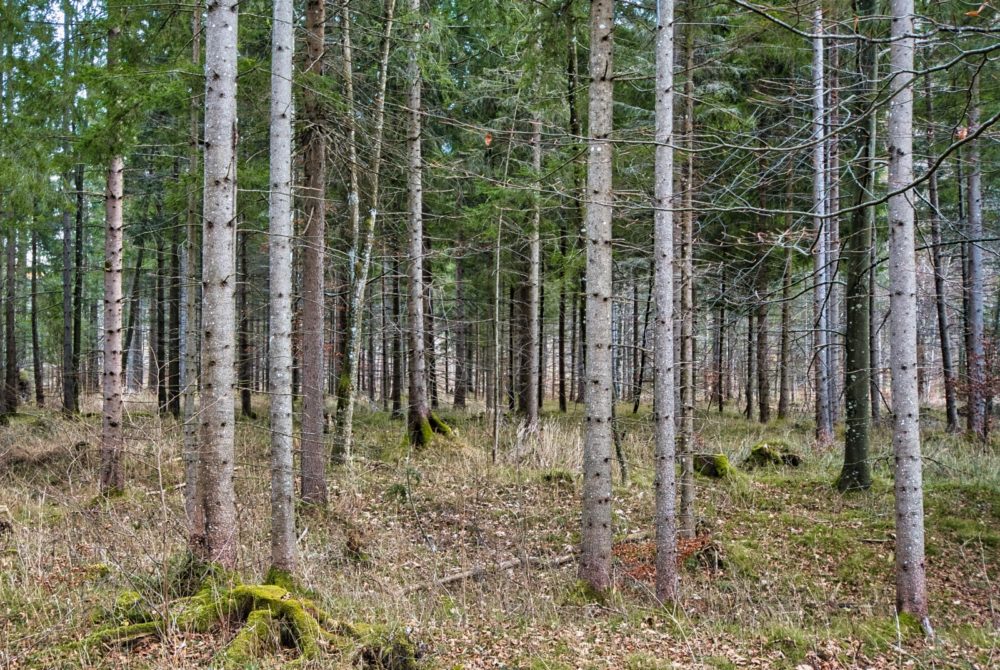 Therefore, measuring vegetation transpiration can provide valuable information about the connection between vegetation, atmospheric conditions, and soil moisture.
Therefore, measuring vegetation transpiration can provide valuable information about the connection between vegetation, atmospheric conditions, and soil moisture.
A team of scientists from the Opočno Research Station, FGMRI (VÚLHM, v. v. i.), is currently researching an important issue. They have published the findings of their research in the paper “Transpiration intensity of silver birch preparatory stand compared to a homogeneous and even-age Norway spruce stand in the pole stand growing stage“ (Intenzita transpirace přípravného porostu břízy bělokoré ve srovnání se stejnorodým a stejnověkým porostem smrku ztepilého v růstové fázi tyčkovin). The paper was published in the journal “Reports of Forestry Research 3/2023.”
In their study, the researchers compared a conventional grassland forest, which was represented by a uniform and contemporary stand of Norway spruce, established through artificial regeneration in 2006, with a preparatory stand of silver birch created through natural regeneration as part of the successive development of the disaster area using the two-phase regeneration of the stand. The stand was destroyed in 2007.
To conduct the study, the researchers selected two areas that represented the different vegetation types being compared. Both areas were located close to each other and had similar natural conditions. The researchers compared these young stands during the summer of 2021.
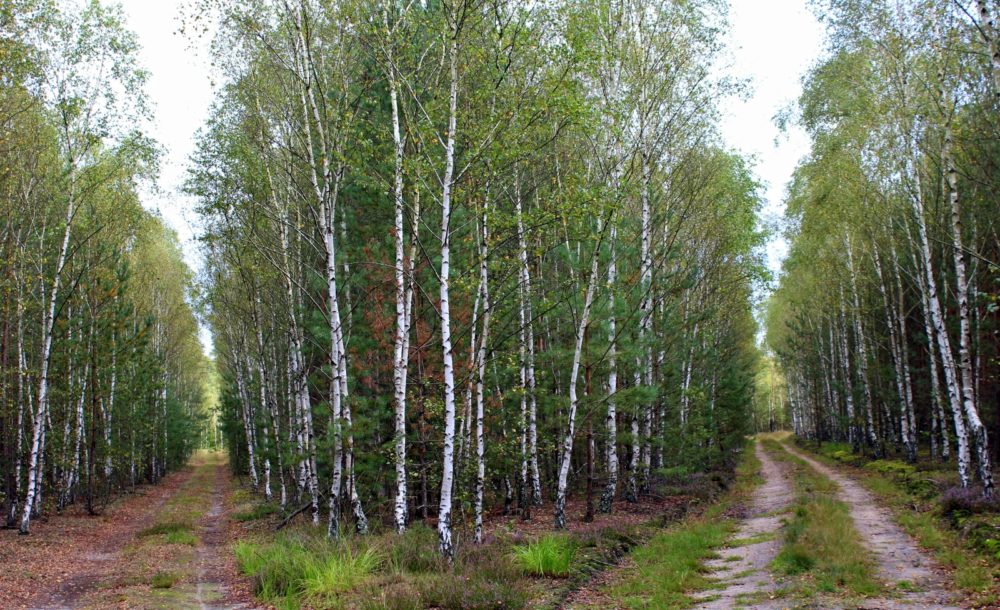 Silver birch is a tree species that can thrive in various ecological conditions, making it highly adaptable and successful. It is also known for its ability to improve forest habitats. This tree species is a significant contributor to the hydrological regime of its habitat due to its high transpiration capacity. However, it has a lesser ability to regulate transpiration losses, which is typical of pioneering tree species.
Silver birch is a tree species that can thrive in various ecological conditions, making it highly adaptable and successful. It is also known for its ability to improve forest habitats. This tree species is a significant contributor to the hydrological regime of its habitat due to its high transpiration capacity. However, it has a lesser ability to regulate transpiration losses, which is typical of pioneering tree species.
The birch has less control over its transpiration intensity, while the spruce is very effective in regulating its transpiration. It reduces transpiration during dry periods when there is a lack of water or unfavourable moisture conditions.
During the observation period, it was discovered that the birch stand had a higher average daily transpiration value, as well as a greater total cumulative transpiration value, compared to the spruce stand. This was a notable finding considering the birch stand had only half the number of individuals (900 pcs/ha) compared to the spruce stand (1800 pcs/ha).
During the 56-day monitoring period, the total amount of water that was lost through transpiration for the spruce stand in small pole stage was 90 mm, while for the preparatory birch stand it was 127 mm. This indicates that the young preparatory birch stand, which had a lower number of individuals per hectare, lost more water than the young spruce stand, which had a higher number of individuals per hectare.
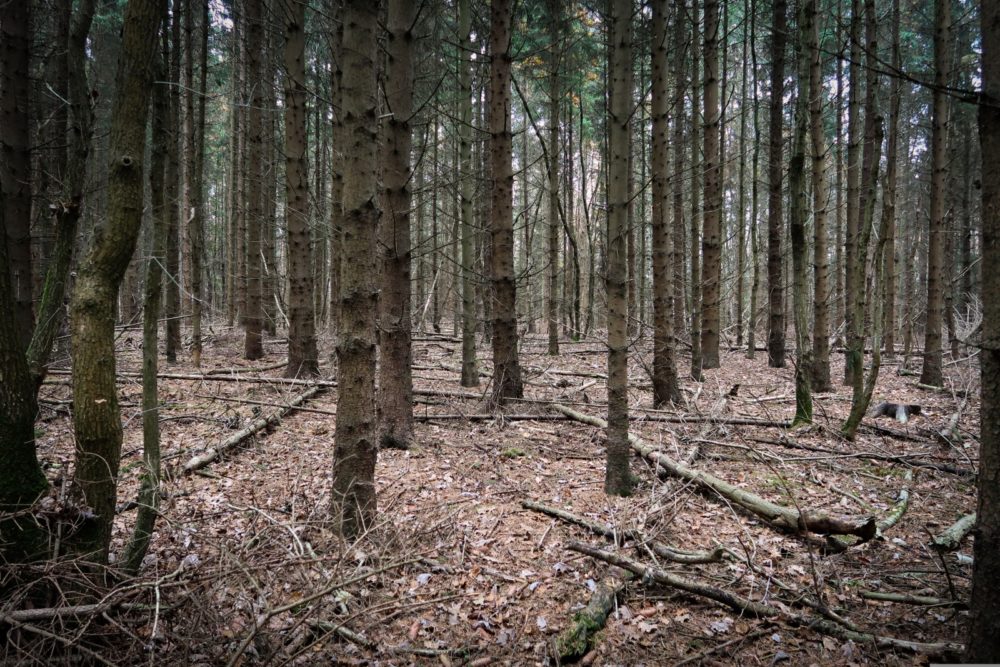 Transpiration speed is a key parameter for assessing vitality, and it’s also an indicator of drought stress, which can significantly impact vitality.
Transpiration speed is a key parameter for assessing vitality, and it’s also an indicator of drought stress, which can significantly impact vitality.
The differences observed in the dry season between the transpiration of young birch and spruce stands are likely due to their varying root system structures. Birch has roots that reach deeper layers of soil and can efficiently occupy the space of the rhizosphere. In contrast, spruce trees have a shallow root system developed near the surface, making them more sensitive to drought stress and the effects of global climate change.
The paper was prepared during solution of project TO0100034 „Plnění produkční a regulačních funkcí lesa v minulosti, současnosti a budoucnosti – co lze očekávat od lesních ekosystémů ovlivněných klimatickou změnou?“ (“Fulfilment of productive and regulatory functions of the forest in the past, present, and future – what can be expected from forest ecosystems affected by climate change?“ having been supported both by EHP and TA ČR grants, in the Program Kappa frame.
Paper “Transpiration intensity of silver birch preparatory stand compared to a homogeneous and even-age Norway spruce stand in the pole stand growing stage“ (Intenzita transpirace přípravného porostu břízy bělokoré ve srovnání se stejnorodým a stejnověkým porostem smrku ztepilého v růstové fázi tyčkovin) can be downloaded here.
Authors of the paper: Pavel Bednář, Štěpánka Řehořková, the Opočno Research Station, FGMRI (VÚLHM, v. v. i.); e-mail: pavelbednar13@seznam.cz
Prepared by: Ing. Jan Řezáč, FGMRI (VÚLHM, v. v. i.), e-mail: rezac@vulhm.cz
Illustration photo: Young birch and spruce stands
